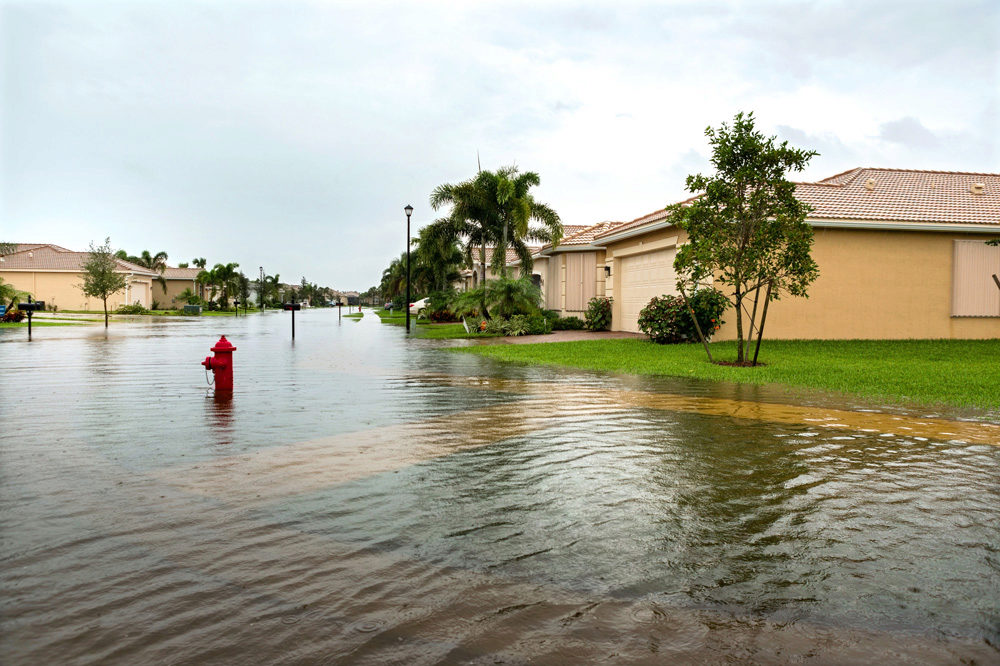Upgrading Flood Insurance
 The National Flood Insurance Program (NFIP) is coming up on its 50th anniversary. Since 1968, this federal program has been offering flood insurance to residents of participating communities. The NFIP is more than just an insurance program, though, contributing to other aspects of flood risk management: participating communities regulate new development in high risk areas, flood maps provide risk information, and grants and other incentives are provided to encourage mitigation of the riskiest properties.
The National Flood Insurance Program (NFIP) is coming up on its 50th anniversary. Since 1968, this federal program has been offering flood insurance to residents of participating communities. The NFIP is more than just an insurance program, though, contributing to other aspects of flood risk management: participating communities regulate new development in high risk areas, flood maps provide risk information, and grants and other incentives are provided to encourage mitigation of the riskiest properties.
The program currently faces many challenges, however, and reform is needed. Too few households at risk have flood insurance. The flood maps do not effectively convey how the risk varies throughout a community and often do not show areas at risk due to inadequate drainage from heavy rainfall. Risks are changing in many places, particularly coastal areas, and this is not adequately addressed. Some policyholders pay rates that are much lower than their risk. Some policyholders struggle to afford coverage. Some properties flood repeatedly and their continual repair is not cost-effective. The program has a massive debt with no way to repay it and no robust financing mechanism to cover high loss years.
At the Risk Center’s Policy Incubator, we are working on multiple aspects of NFIP reform. We are looking at ways that flood maps can be improved to heighten residents’ understanding of flood risk. We are evaluating policy options that account for changing flood risk over time. We are exploring ways to increase the number of people who have flood insurance, involving both the private and public sectors. And we are evaluating policy solutions for helping low and moderate income families afford the insurance protection they need.
Publications
Policy Briefs, Articles, and Reports:
Florida’s Private Residential Flood Insurance Market
Structure of the Residential Flood Insurance Market
The Emerging Private Residential Flood Insurance Market in the United States
Residential Flood Insurance in Puerto Rico
The NFIP’s Increased Cost of Compliance Coverage
Why Fairness Matters in Reforming Flood and Health Insurance Programs
Is Flood Insurance Too Expensive?
Journal Articles:
Financing Flood Losses: A Discussion of the National Flood Insurance Program (Discussion Paper version here)
Does Federal Disaster Assistance Crowd Out Flood Insurance?
Ongoing Projects:


